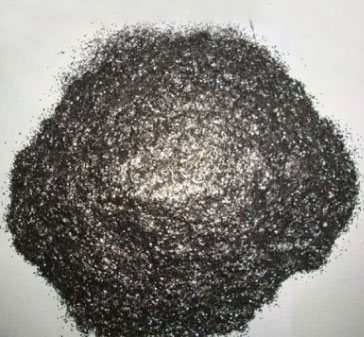
Silicon carbide powder is a non-metallic mineral substance that is manufactured at temperatures more than 1800 degrees Celsius using quartz sand, charcoal, or petroleum coke as its primary constituents. It can boost the rates at which carbon, silicon, & manganese are absorbed, and it has replaced the silicon iron with high-carbon manganese that was before used.

The Applications Of Silicon Carbide Powder
Grinding
Abrasives
Sintered Components
Parts Produced Via Hot Pressing
Parts Produced Via Reaction Bonding
Metal Matrix Composites
Sensors for Very High Temperatures
Heat Transfer and the Management of Thermal Energy
Ceramic Replacement Components
Refractory\s-Milling\s-Lapping
Usage Of Silicon Carbide
Using quartz sand, anthracite, or petroleum coke as its primary constituents, silicon carbide is a non-metallic mineral substance that is manufactured at temperatures more than 1800 degrees Celsius. It can boost the rates at which carbon, silicon, and manganese are absorbed, and it has replaced silicon iron with high-carbon manganese that was before used.
It not only lessens expenditures but also boosts the overall economic advantages of the steelmaking process. It is an important raw material that finds widespread application in the deoxidation of metallurgical products and the manufacture of refractories, electronics, machinery, & molds.
During the process of manufacturing steel, black silicon carbide can efficiently deal with oxygen in liquid steel. It is desirable, for the purpose of improving the quality of molten steel, for oxides to float on the steel's surface as it is being melted. On the other hand, the utilization of black silicon carbide during the deoxidation process of the production of steel can lessen the possibility of flaws. For example, bubbles under the skin (subcutaneous) & looseness.
What Is The Green Silicon Carbide?
The process of producing green silicon carbide is precisely the same as that used to produce black silicon carbide. The only difference is that table salt is added as a further component during the melting process. On the other hand, the purity of the raw materials utilized is quite high as well.
In a resistance furnace, it is created at a very high temperature, approximately 2200 degrees Celsius. The material's physicochemical characteristics are analogous to those of black silicon carbide, and the performance, on the other hand, is noticeably more fragile than black. Green silicon carbide possesses a high thermal conductivity as well as the characteristics of semiconductors.

Write a Message